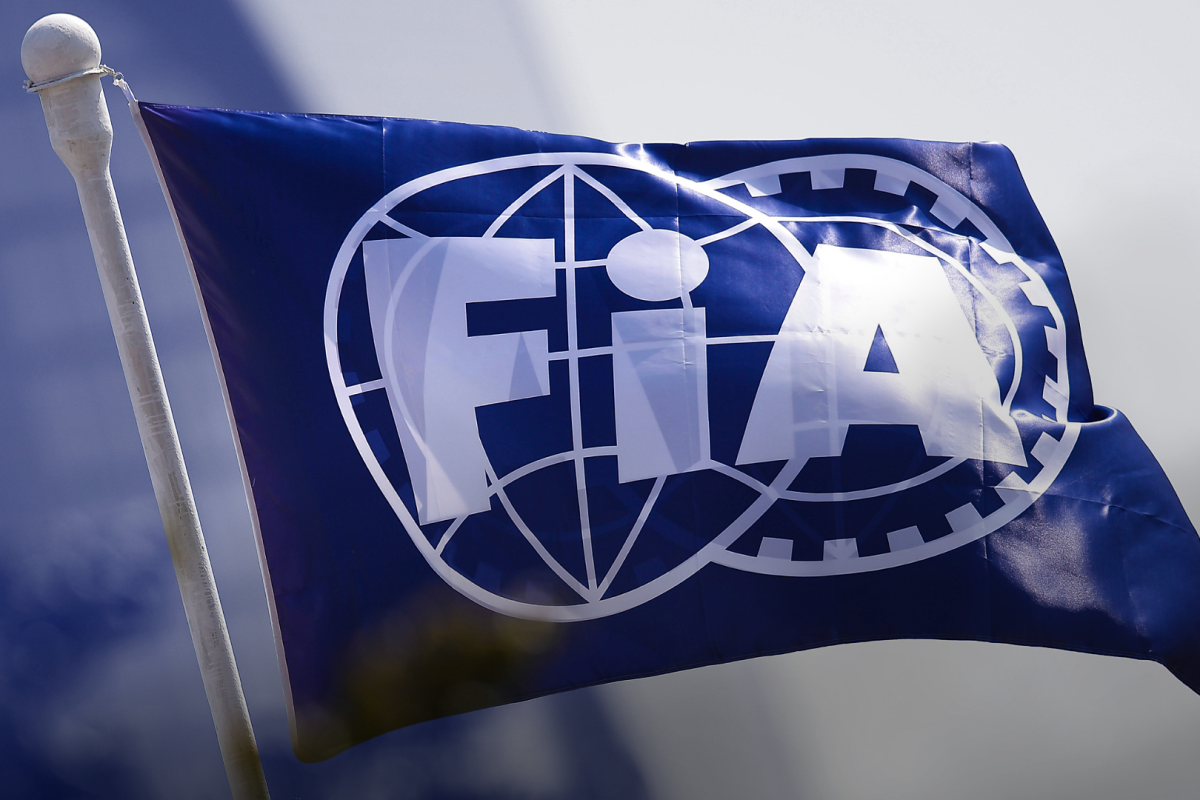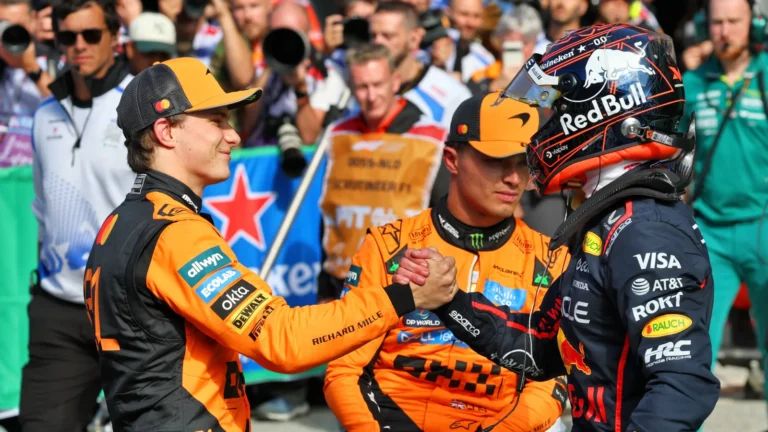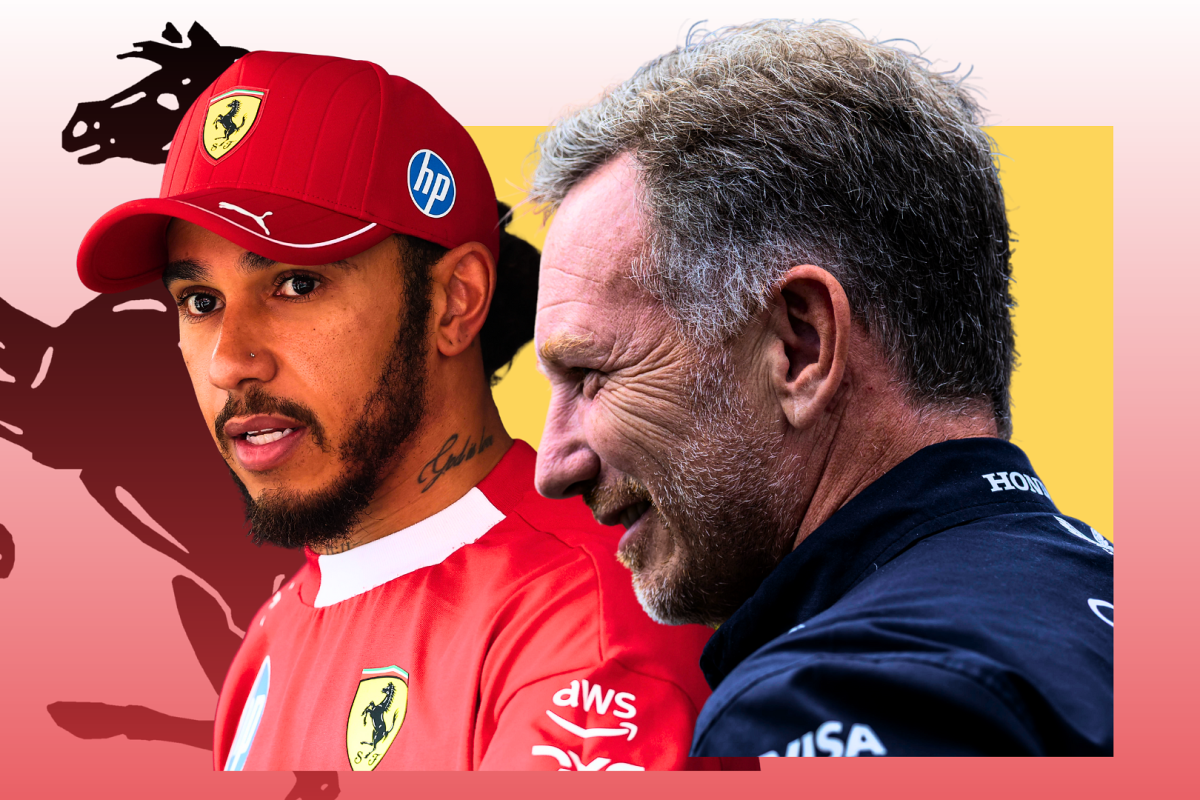Ferrari’s Surprising FP1 Move Fuels Speculation Around Hamilton’s Future Role
Ferrari’s recent decision ahead of the Austrian Grand Prix has reignited discussions about their long-term driver plans, especially regarding the upcoming arrival of Lewis Hamilton in 2025. The team has officially confirmed that Charles Leclerc will not be participating in the first free practice session (FP1) during the Austrian Grand Prix weekend. In his place, Swedish junior driver Dino Beganovic will be stepping in — a move that has raised questions about Ferrari’s strategy and possible implications for the team’s faith in its future star line-up.
This marks the second time this season that Leclerc is being replaced in an FP1 session, the first being at the Bahrain Grand Prix earlier in the year, also by Beganovic. While on the surface this could seem like a routine swap to fulfill the FIA’s requirement that each team must allow rookie drivers to participate in at least two FP1 sessions during the season, the context surrounding it has made many fans and analysts read deeper into the situation.
Beganovic, a member of the Ferrari Driver Academy, is steadily building his reputation in Formula 2 and within Ferrari’s development program. His recurring presence in FP1 hints at Ferrari’s growing interest in nurturing young talent and giving them real-world track exposure. While this is a common practice, the timing of this particular decision — especially with Hamilton set to join the team next year — adds a layer of intrigue.
Some F1 observers suggest that this move could be a subtle indication that Ferrari is still assessing its options for the future and hasn’t fully committed to the long-term picture involving Hamilton. Despite his legendary status in Formula 1 and his unmatched experience, questions still linger about whether Hamilton can regain top form after making a major switch from Mercedes to Ferrari. The team’s openness to developing younger drivers and rotating them in high-profile sessions suggests they’re not placing all their bets on Hamilton or even on Leclerc in the distant future.
From Leclerc’s standpoint, missing another FP1 session isn’t likely to hurt him too much in the short term. Top-tier drivers are used to adapting quickly and can afford to sit out occasional sessions. Still, every lost minute on track reduces valuable setup and data-gathering time, which can affect performance over the race weekend.
Nevertheless, it’s important to recognize that integrating junior drivers like Beganovic during FP1 is part of a broader strategy employed by most top teams to satisfy regulatory obligations and future-proof their racing lineups. What makes this situation different is the context: Ferrari is in a period of transition, with one of the sport’s most talked-about driver signings — Hamilton — about to enter the fray.
Ultimately, while the move may simply be part of Ferrari’s youth development program, the scrutiny it has drawn is understandable. With Hamilton’s arrival casting a long shadow, every tactical decision the team makes now is under the microscope. Whether this is just a routine rookie appearance or a sign of deeper recalibrations within Ferrari’s driver strategy remains a topic of debate.



